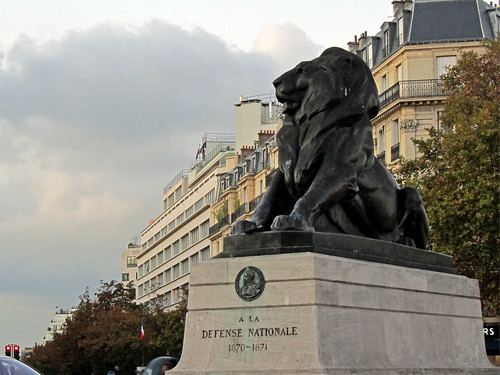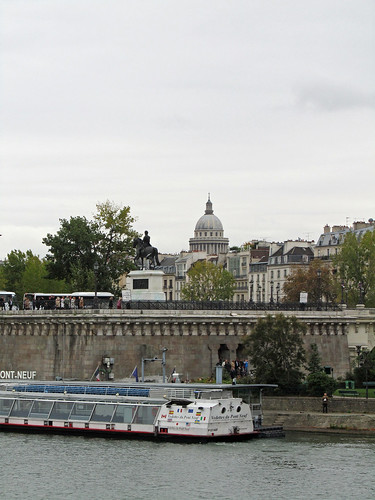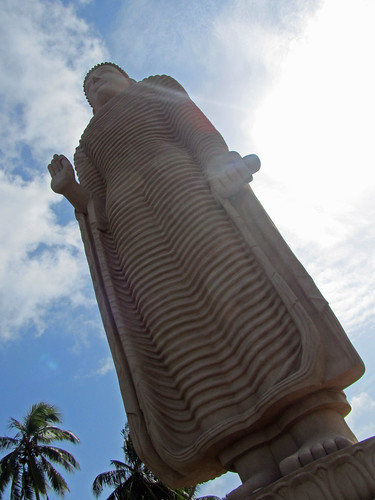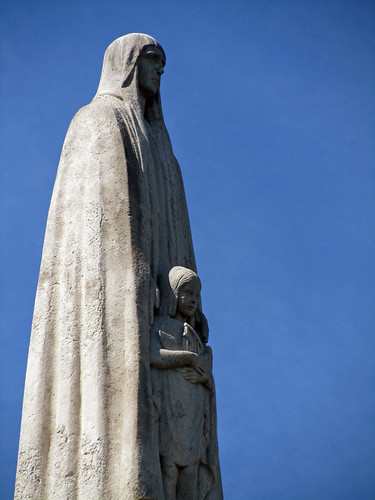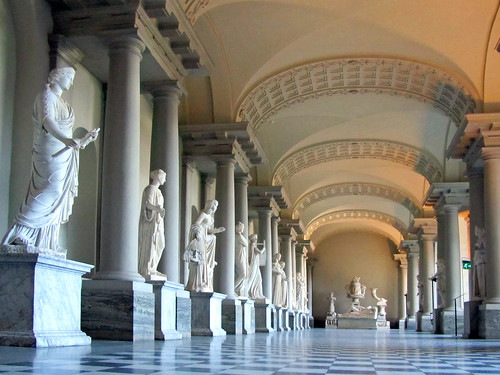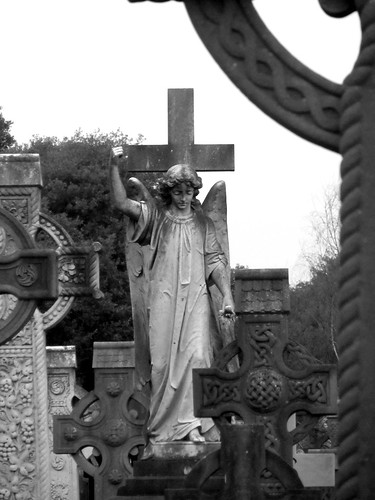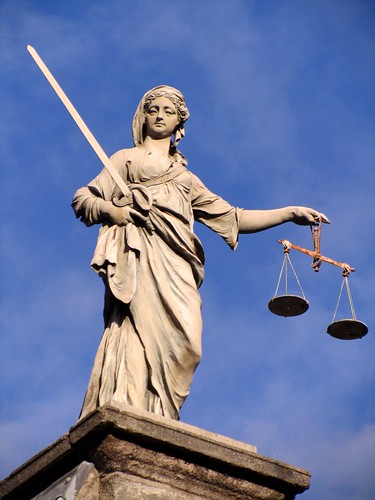
Overheard at Dublin Castle (not verbatim of course) and my personal takes:
“This statue of Lady Justice is controversial for a number of reasons. If you look at it, what do you find missing? Yes, the blindfold. Lady Justice is supposed to be blind to status, wealth, power and race, but in this depiction, not only is she not blindfolded but her gaze hooded, as if to conceal something.”
Weeeell, historically the blindfold is not really part of the iconography of Justitia, although she does hold a straight gaze. She probably also won’t have a little smirk like this one does.
“Lady Justice is also facing inward, turning her back to the people of Dublin. Her scale is a working scale, and on rainy days, it used to tip to one side, as more water flowed into the plate with the finger pointing at. This cannot do as the scale should remains balanced, and a hole has therefore been bore on each of the plate to allow draining away of the water.”
Certainly, to turn her back to the city is not something she’s supposed to do but the British Authorities made it this way. I also remember a friend mentioning previously that the tip is to the side where the Revenue Office is. I have no idea where the Revenue Office is in Dublin Castle, so I can’t verify this. You can spot the holes on the plates in this picture though.
“Take note also of the sword that she’s holding. Normally, the double-edged sword points downward, to indicate the violence should always be the last resort. However, this sword is pointing upwards, symbolising her willingness to use violent and wielding power over the people.”
In my opinion, holding would be an inaccurate description even. The sword is perching from her side in an almost careless manner. Seems to me she is more concerned about holding up her stola. I have also seen a number of statues of Lady Justice with the sword held upright and at times, posed as if ready for battle. The sword, however, does not represent violence but the prevailing power of justice.
